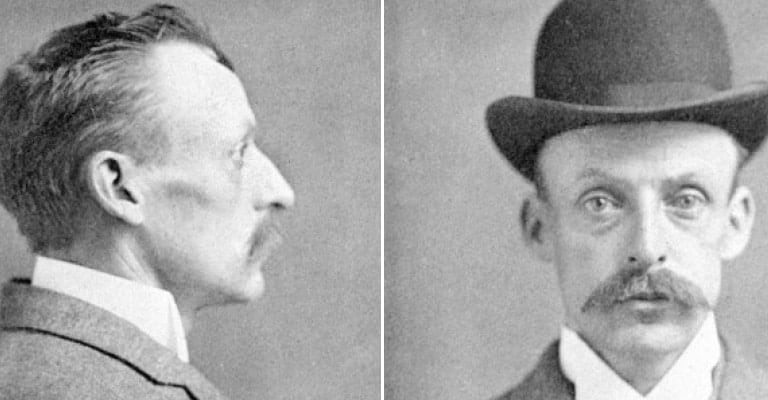Cannibalism is widely regarded as one of the last great taboos of human behavior. Despite our willingness as a collective society to indulge in the meat of other species, the consumption of our own kind remains a condemned and barbaric act, for which those who partake are shunned and reviled feared. Not all instances of cannibalism stem from hate or evil, however, many instances throughout history are products of desperation and even love. Yet there are also an equal number of instances wherein the distasteful act served the purpose of cruel and selfish savagery.
Here are 16 instances of cannibalism through history that will make you consider vegetarianism:

